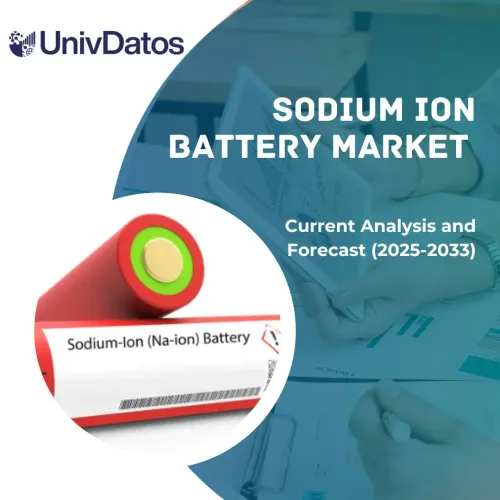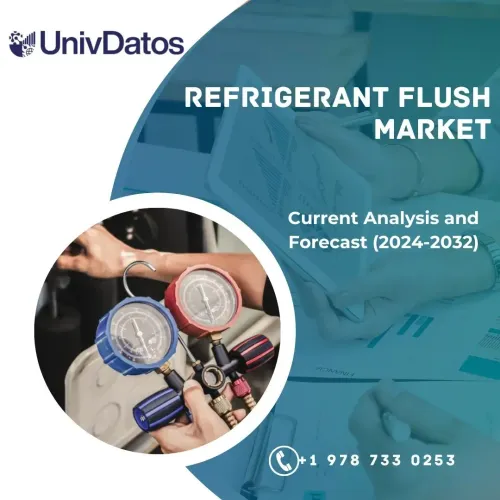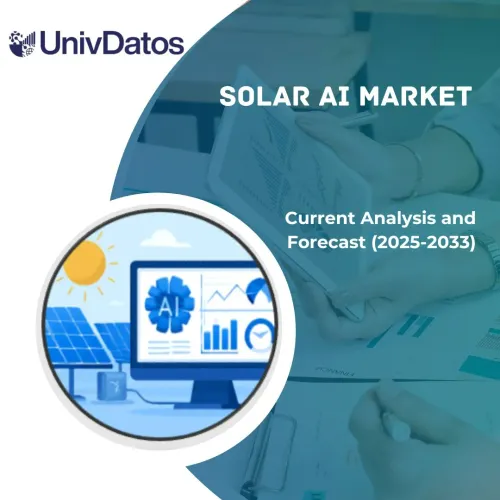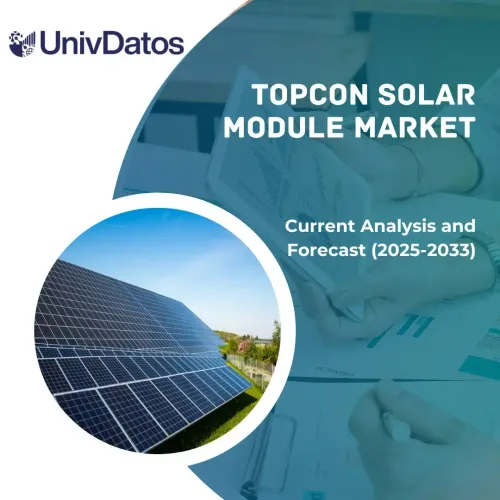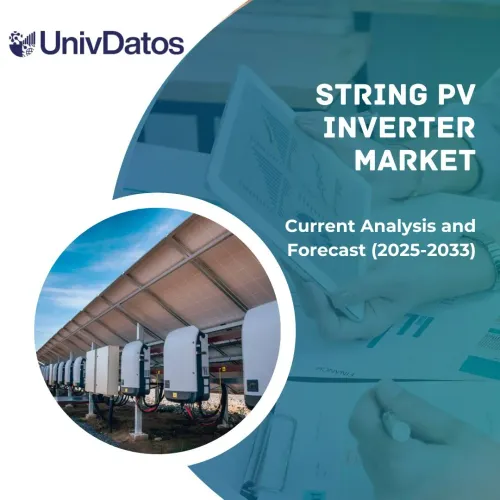- Home
- About Us
- Industry
- Services
- Reading
- Contact Us
Bunker Fuel Market: Current Analysis and Forecast (2021-2027)
Emphasis on Type (High Sulfur Fuel Oil, Low Sulfur Fuel Oil, Marine Gas Oil, Liquefied Natural Gas, and Others); Commercial Distributor (Oil Majors, Large Independent Distributors, And Small Independent Distributors), Application (Container, Bulk Carrier, Oil Tanker, General Cargo, The Chemical Tanker, Fishing Vessels, Gas Tanker, and Others); and Region/Country

The Bunker Fuel market demand is increasing at propelling rate over the years and is expected to witness influential growth during the forecasted period as well. Factors that are attracting the market size of the bunker fuel are a significant rise in demand for marine diesel oil and the steady adoption of low-sulfur fuel oils. In addition, the rise in offshore oil & gas exploration activities and the international maritime organization (IMO) regulations on sulfur content in marine fuel have boosted the growth of the global bunker fuel market. However, with emerging trade tensions between different countries like the United States and China, high tariffs and other trade barriers being imposed on various goods are likely to hinder the market growth during the forecast period.
Moreover, ongoing progress in the field of international trading of goods, offshore renewable energy production, and offshore E&P are expected to increase the requirement for bunker fuel in the market. Also, the rising need for different oil grades in the market is anticipated to create ample opportunities for the participants to expand their product portfolio which escalates the market size of bunker fuel.
The global Bunker fuel market is expected to register a CAGR of around 5 % throughout 2021-2027. Bunker fuel is a fuel oil used in marine vessels. It is poured into the ship bunkers to keep the engines running. Ships use three types of marine fuels, which include high sulfur fuel oil, low sulfur fuel oil, and diesel oil. Bunker fuel is majorly used in propelling cargo carriers, industrial ships, service vessels, and miscellaneous ships. The residual oil leftover gasoline, diesel, and other light hydrocarbons extracted from crude oil during the refining process are termed bunker fuel. Factors such as escalating demand for international seaborne trade have increased export and import activities worldwide coupled with rising oil and gas exploration activities in deep offshore areas are accentuating the market size of bunker fuel.
Moreover, the marine shipping industry is facing challenges to reduce engine exhaust emissions and greenhouse gases (GHG), and the International Maritime Organization (IMO) and national environmental agencies of many countries have issued rules and regulations that drastically reduce GHG and emissions emanating from marine sources are fueling the demand for bunker fuel market.
BP Plc, Exxon Mobil Corporation, Royal Dutch Shell Plc, Lukoil, Sinopec Group, Gazprom Neft PJSC, Chevron Corporation, Petronas, TotalEnergies, Neste Oil are some of the key players in the market. Several M&As along with partnerships have been undertaken by these players to facilitate customers with hi-tech and innovative products/technologies.
Insights Presented in the Report
“Amongst type, liquefied natural gas accounted for the majority share in the market in 2020”
Based on the type, the bunker fuel market is classified into high sulfur fuel oil, low sulfur fuel oil, marine gas oil, liquefied natural gas, and others. The liquefied natural gas segment caters to extensive market share in the bunker fuel market. The rising shift to LNG for propulsion is comparatively more advantageous than the traditional methods of fueling ships with heavy fuel oil, marine gas oil, marine diesel oil, etc. It is mainly because LNG-based propulsion reduces carbon footprint significantly and increases the ship’s operational efficiency which is escalating the demand for LNG in the bunker fuel market.
“Amongst commercial distributor, large independent are expected to witness highest CAGR during the forecast period”
Based on the commercial distributor, the bunker fuel market is segmented into oil majors, large independent distributors, and small independent distributors. The large independent segment acquired a considerable market share in the bunker fuel market. It is mainly due to the presence of blending facilities, storage terminals, financial stability, and others in these companies.
“Based on application, container segment expected to witness extensive CAGR during the forecast period”
Based on application, the bunker fuel market is segmented into the container, bulk carrier, oil tanker, general cargo, the chemical tanker, fishing vessels, gas tanker, and others. The container segment is expected to account for a significant market share in the forecast period. The surge in demand for transportation of oil and oil-based products and growing trade-related agreements in the emerging economies is boosting the demand of the bunker fuel market.
“Asia Pacific to witness significant growth during the forecast period”
The Asia Pacific is expected to hold a significant market share in the forecast period owing to the increase in presence of a huge consumer base and the rise in maritime trade activities in the region. Moreover, presence of the developing countries such as China, Japan, Singapore, South Korea, and India contribute to the growth of the bunker fuel market in Asia-Pacific. In addition, the increasing use of bunker fuel for refueling during sailing in the region is driving the market growth.
Moreover, various market players are advised to invest in R&D activities and improve the availability of marine bunker fuel to meet the growing requirements and stay ahead in the market. Also, rapid technological development in the oil & gas industry is expected to accelerate the exploration at deep offshore locations, which is expected to propel the bunker fuel market growth.
Reasons to buy this report:
- The study includes market sizing and forecasting analysis validated by authenticated key industry experts.
- The report presents a quick review of overall industry performance at one glance.
- The report covers an in-depth analysis of prominent industry peers with a primary focus on key business financials, product portfolios, expansion strategies, and recent developments.
- Detailed examination of drivers, restraints, key trends, and opportunities prevailing in the industry.
- The study comprehensively covers the market across different segments.
- Deep dive regional level analysis of the industry.
Customization Options:
Global Bunker fuel market can further be customized as per the requirement or any other market segment. Besides this, UMI understands that you may have your own business needs, hence feel free to connect with us to get a report that completely suits your requirements.
Table of Content
Research Methodology for the Global Bunker Fuel Market Analysis (2021-2027)
Analyzing the historical market, estimating the current market, and forecasting the future market of the global bunker fuel market were the three major steps undertaken to create and analyze the adoption of the bunker fuel in major regions globally. Exhaustive secondary research was conducted to collect the historical market numbers and estimate the current market size. Secondly, to validate these insights, numerous findings and assumptions were taken into consideration. Moreover, exhaustive primary interviews were also conducted, with industry experts across the value chain of the global bunker fuel market. Post assumption and validation of market numbers through primary interviews, we employed a top-down/bottom-up approach to forecasting the complete market size. Thereafter, market breakdown and data triangulation methods were adopted to estimate and analyze the market size of segments and sub-segments of the industry pertains to. Detailed methodology is explained below:
Seek More Details About Research Methodology
Analysis of Historical Market Size
Step 1: In-Depth Study of Secondary Sources:
Detail secondary study was conducted to obtain the historical market size of the bunker fuel market through company internal sources such as annual reports & financial statements, performance presentations, press releases, etc., and external sources including journals, news & articles, government publications, competitor publications, sector reports, third-party database, and other credible publications.
Step 2: Market Segmentation:
After obtaining the historical market size of the bunker fuel market, we conducted a detailed secondary analysis to gather historical market insights and share for different segments & sub-segments for major regions. Major segments are included in the report as type, commercial distributor, and application. Further country-level analyses were conducted to evaluate the overall adoption of testing models in that region.
Step 3: Factor Analysis:
After acquiring the historical market size of different segments and sub-segments, we conducted a detailed factor analysis to estimate the current market size of the bunker fuel market. Further, we conducted factor analysis using dependent and independent variables such as various types, commercial distributors, and applications of the bunker fuel. A thorough analysis was conducted for demand and supply-side scenarios considering top partnerships, mergers and acquisitions, business expansion, and product launches in the Bunker fuel market sector across the globe.
Current Market Size Estimate & Forecast
Current Market Sizing: Based on actionable insights from the above 3 steps, we arrived at the current market size, key players in the global bunker fuel market, and market shares of the segments. All the required percentage shares split, and market breakdowns were determined using the above-mentioned secondary approach and were verified through primary interviews.
Estimation & Forecasting: For market estimation and forecast, weights were assigned to different factors including drivers & trends, restraints, and opportunities available for the stakeholders. After analyzing these factors, relevant forecasting techniques i.e., the top-down/bottom-up approach were applied to arrive at the market forecast about 2027 for different segments and sub-segments across the major markets globally. The research methodology adopted to estimate the market size encompasses:
- The industry’s market size, in terms of revenue (USD) and the adoption rate of the bunker fuel market across the major markets domestically
- All percentage shares, splits, and breakdowns of market segments and sub-segments
- Key players in the global bunker fuel market in terms of services offered. Also, the growth strategies adopted by these players to compete in the fast-growing market
Market Size and Share Validation
Primary Research: In-depth interviews were conducted with the Key Opinion Leaders (KOLs) including Top Level Executives (CXO/VPs, Sales Head, Marketing Head, Operational Head, Regional Head, Country Head, etc.) across major regions. Primary research findings were then summarized, and statistical analysis was performed to prove the stated hypothesis. Inputs from primary research were consolidated with secondary findings, hence turning information into actionable insights.
Split of Primary Participants in Different Regions

Market Engineering
The data triangulation technique was employed to complete the overall market estimation and to arrive at precise statistical numbers for each segment and sub-segment of the global bunker fuel market. Data was split into several segments & sub-segments post studying various parameters and trends in the areas of type, commercial distributor, and application in the global bunker fuel market.
The main objective of the Global Bunker Fuel Market Study
The current & future market trends of the global Bunker fuel market were pinpointed in the study. Investors can gain strategic insights to base their discretion for investments on the qualitative and quantitative analysis performed in the study. Current and future market trends determined the overall attractiveness of the market at a regional level, providing a platform for the industrial participant to exploit the untapped market to benefit from a first-mover advantage. Other quantitative goals of the studies include:
- Analyze the current and forecast market size of the bunker fuel market in terms of value (USD). Also, analyze the current and forecast market size of different segments and sub-segments
- Segments in the study include areas of type, commercial distributor, and application.
- Define and analysis of the regulatory framework for the bunker fuel market industry.
- Analyze the value chain involved with the presence of various intermediaries, along with analyzing customer and competitor behaviors of the industry.
- Analyze the current and forecast market size of the bunker fuel market for the major region.
- Major countries of regions studied in the report include Asia Pacific, Europe, MEA, North America, and the Rest of the world.
- Company profiles of the bunker fuel market and the growth strategies adopted by the market players to sustain in the fast-growing market
- Deep dive regional level analysis of the industry
Related Reports
Customers who bought this item also bought


